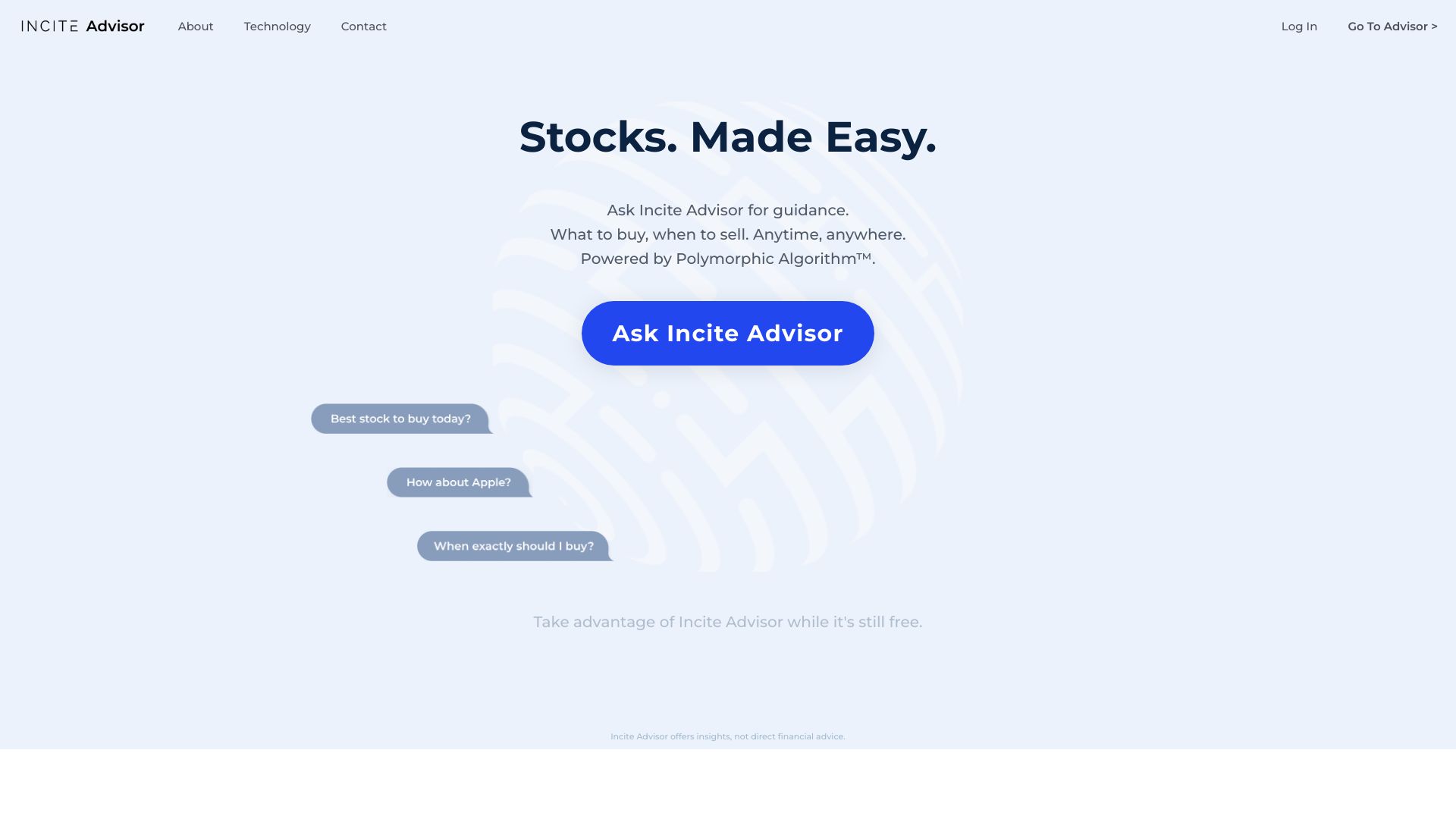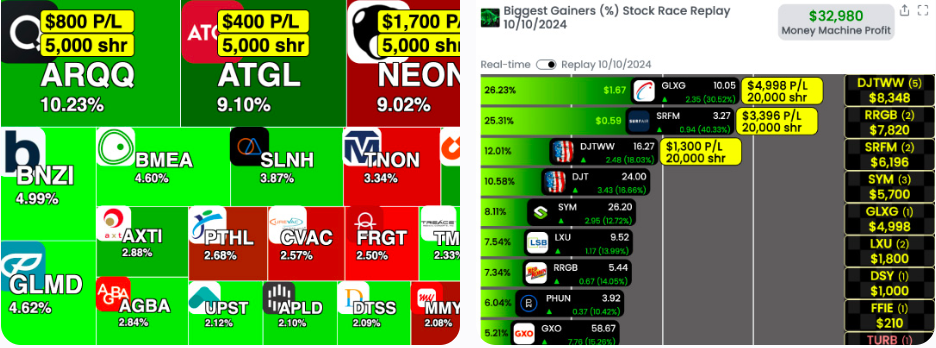Pricing and cost of AI-based stock forecasting and analyzing trade platforms are important in order to avoid unexpected expenses or hidden charges. Pricing structures vary greatly, and knowing the price you're paying is essential to make an informed choice. These are the top 10 tips for evaluating cost and price:
1. Understand Pricing Model
Subscription-based: Find out whether the platform has either a monthly or an annual cost and what features are included in each tier.
Pay-per - use: Verify the platform's charges are based on usage such as number of trades (or request for data) or predictions.
Freemium model - Check if there is a free version with a limited number of features, and a paid version for premium features.
2. Compare Pricing Tiers
Comparing the features included in each price range (e.g. basic professional, professional, or enterprise).
Scalability. Make sure you have the right pricing for your needs.
Upgrade flexibility: Discover if you are able to easily upgrade or downgrade your system as your needs evolve.
3. Evaluate Hidden Costs
Data fees: Make sure to check for any additional charges for premium data (e.g. live data, or advanced analytics).
Brokerage fees - Make sure to see if any extra charges are imposed by the platform to execution of trades, or integration with brokers.
API usage. Assess if extra charges result from API access, or for frequent API usage.
4. Review Free Trials and Demos
Trial period: Try platforms that provide a free trial or demo so that you can try out their features.
Check the limits of a free trial. Does it offer all features?
No-commitment option: If you don't like the platform, you can cancel it without any charge.
5. Check out the latest discounts and promotions
Discounts for annual subscriptions: Check if the platform offers discounts for annual subscriptions compared to monthly plans.
Referral programs: Find out whether you are eligible for discounts or credits for referring others to the platform.
Ask about institutional pricing when you belong to an organization with a lot of employees.
6. Calculate Return on investment
Cost vs. value: Consider whether the capabilities and features of the platform justifies the cost. Do you have time saved or make better decisions when trading?
Performance track record - Check the platform's performance rates or user testimonials to get an idea of its potential ROI.
Alternative costs Costs of the platform: Compare its cost to the potential cost of not making use of it (e.g. missed opportunities, time spent on manual analysis).
Review Refund and Cancellation Policies
Cancellation Terms: You can cancel your contract without any hidden fees or penalties.
Refund Policy: Verify that your service permits you to receive an amount of money back if the subscription is not used.
Auto-renewal : Determine whether your subscription is auto renewed by the platform. If so, discover how to cancel it.
8. Price transparency is essential.
Clear pricing page: Check whether the website has pricing pages that are precise, clear and does not contain any hidden charges.
Customer Support Contact customer support to clarify any unclear pricing details or any additional charges.
Contract Terms: Know the commitments and penalties over the long term by reading the contract's conditions.
9. Compare to Competitors
Features comparison: Compare the pricing and features offered by the platform with the competition to ensure that you're getting the best deal.
User reviews: Read feedback from the users about the platform, and decide if it's worth the cost.
Market positioning: Check if it is priced at an upper-end, mid-range or low-cost option, and if that aligns with what you would expect.
10. Take into consideration the long-term cost
Price increases Look through the platform's history to find out how often it has raised prices.
Additions to features - Check if the new features are part of your current plan or if a change is required.
Scalability costs - Make sure that the price of the platform remains affordable, even if your data or trading demands increase.
Bonus Tips
Explore a variety of platforms. Test them all in a trial for free to test their performance.
Price negotiation: If you own an institution or you're a heavy user, it's worth seeking out discounts or custom pricing.
Look for educational resources There are some platforms that offer free educational resources or tools that can add value beyond their core features.
If you follow these guidelines, you'll be able to evaluate the cost, pricing, and characteristics of AI stock trading platforms. The price of a good platform must be able balance cost-effectiveness with the performance. This will enable you to attain the best trading results. Have a look at the most popular more hints for site tips including using ai to trade stocks, options ai, ai stock trading bot free, best ai for trading, ai chart analysis, best ai stock, investment ai, best ai stock, investing ai, ai stock trading app and more.

Top 10 Ways To Evaluate The Speed And Latency Of The Ai Analysis And Stock Prediction Platform
For algorithmic, high-frequency, and active traders the area of speed and latencies are key factors when evaluating AI platforms to forecast stock prices and analyze. Even milliseconds delay can affect trading execution. Here are the top 10 tips for measuring the speed of your platform.
1. Real-time Data Feeds for Evaluation
Data delivery speed - Ensure that the platform can provide real-time data with a minimum delay (e.g. an under-millisecond latency).
Find out the distance of the source to most important exchanges.
Data compression: Look to see if there are effective methods for data compression that can accelerate the transfer of data.
2. Test the Trade Execution speed
Time to process orders: Determine how fast the platform processes and executes trades once you've submitted your order.
Direct market access: Ensure that the platform allows direct orders to be made to the exchange.
Check the execution reports to see the timestamps on order confirmation fill, submission and order confirmation.
3. Review the responsiveness of the Platform
User interface (UI) speed: See how quickly the platform's UI responds to inputs (e.g. pressing buttons, loading charts).
Chart updates - Verify that your charts are up-to-date in real time and without delay.
Performance of mobile apps If you are using a mobile app, make sure that it's just as fast as your desktop version.
4. Verify that the infrastructure is low-latency.
Servers' locations The platform must use high-speed, low-latency servers that are located close to major exchanges or financial hubs.
Check for co-location alternatives. These services allow you to host your algorithm near to the exchange.
High-speed network: Check if the platform is using high-speed fibre optic networks, or other technologies with low latency.
5. Test the backtesting and simulation speed
Historical data processing: Check the speed at which your platform analyzes and processes data from the past.
Simultaneous trade simulation: The platform should be capable of simulated real-time trading without any obvious delay.
Parallel processing: Check that your platform supports parallel processing or distributed computing, to speed up complex computations.
6. Calculate the API Latency
API response times: Determine how quickly APIs respond to requests (e.g. getting data from the platform, placing orders).
Rate limits: Check whether API has reasonable rate limits in order to avoid delays during high-frequency trades.
WebSocket support Make sure your system is running the WebSocket protocol to support low-latency, real-time data streaming.
7. Test stability of the platform under load
Create scenarios for high-volume trading to determine if the platform is reliable and stable.
Check your platform out during periods of market volatility.
Stress testing: Determine whether your platform has the tools to test stress-testing strategies in extreme circumstances.
8. Examine the network and connectivity
Internet speed demands. Ensure that your internet connection has the recommended speeds for the platform to ensure optimal performance.
Reliable connections: Check whether your platform has redundant internet connections. This will help you keep your system from experiencing downtime.
VPN latency If you are using a VPN to connect, be sure that it doesn't cause significant delay. Make sure that the platform provides alternatives.
9. Look for Speed Enhancement Features
Pre-trade Analyses: Check that the platform includes pre-trade analysis to improve order processing and execution speed.
Smart order routing (SOR): Verify if the platform uses SOR to identify the fastest and most cost-effective execution sites.
Utilize the tools of the platform to analyse and monitor the latency in real-time.
User Feedback and Review Benchmarks
User reviews: Review user feedback to determine the platform's performance on latency and speed.
Third-party Benchmarks: Search for independent benchmarks that compare the speed of a platform to its competitors.
Case studies: See if the platform offers cases studies or testimonials, that highlight its abilities to provide low-latency.
Bonus Tips
Trial time: You are able to avail a demo for free or a trial period to evaluate the performance and latency of the platform.
Customer support: determine if the platform has assistance with issues related to latency or optimization.
Hardware requirements. Verify whether the platform works with a specific type of hardware for example, high-performance computers.
These suggestions will allow you evaluate the speed and latency of AI platform for stock prediction and analysis. So you'll be able select a platform that meets your requirements while minimizing delay. The need for low latency is vital for high-frequency and algorithmic traders. Even minor delays can have a significant impact on the profitability. Take a look at the most popular get more information about best ai stocks to buy now for site info including free ai stock picker, ai stock analysis, best stock prediction website, ai copyright signals, stocks ai, ai tools for trading, how to use ai for copyright trading, best ai for stock trading, best ai penny stocks, ai stock price prediction and more.
